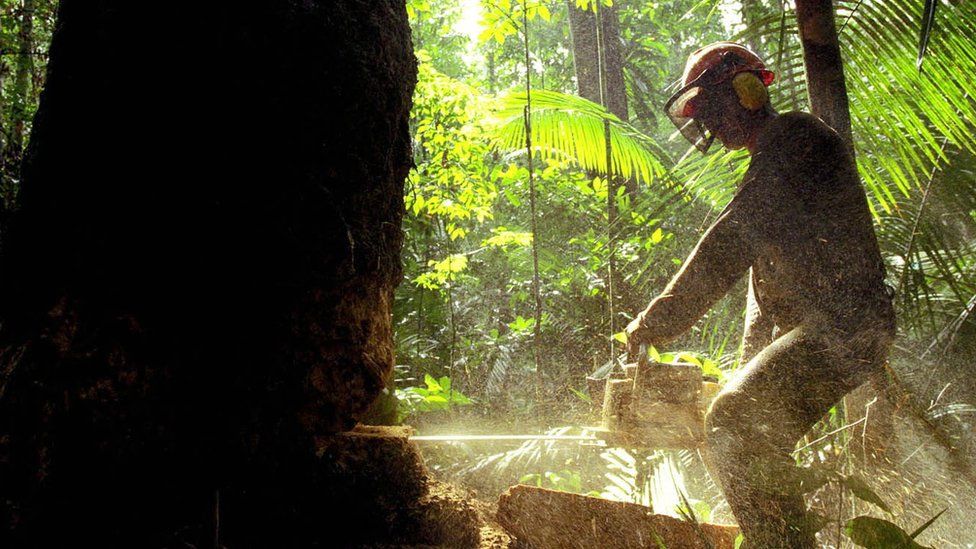American Casualties of the U.S. Nuclear Weapons Program
By Lawrence S. Wittner
When Americans think about nuclear weapons, they comfort themselves with the thought that these weapons’ vast destruction of human life has not taken place since 1945—at least not yet. But, in reality, it has taken place, with shocking levels of U.S. casualties.
This point is borne out by a recently-published study by a team of investigative journalists at McClatchy News. Drawing upon millions of government records and large numbers of interviews, they concluded that employment in the nation’s nuclear weapons plants since 1945 led to 107,394 American workers contracting cancer and other serious diseases. Of these people, some 53,000 judged by government officials to have experienced excessive radiation on the job received $12 billion in compensation under the federal government’s Energy Employees Occupational Illness Compensation Program. And 33,480 of these workers have died.
How could this happen? Let’s examine the case of Byron Vaigneur. In October 1975, he saw a brownish sludge containing plutonium break through the wall of his office and start pooling near his desk at the Savannah River, South Carolina nuclear weapons plant. Subsequently, he contracted breast cancer, as well as chronic beryllium disease, a debilitating respiratory condition. Vaigneur, who had a mastectomy to cut out the cancer, is today on oxygen, often unable to walk more than a hundred feet. Declaring he’s ready to die, he has promised to donate his body to science in the hope that it will help save the lives of other people exposed to deadly radiation.
Actually, workers in nuclear weapons plants constitute only a fraction of Americans whose lives have been ravaged by preparations for nuclear war. A 2002 report by the U.S. Department of Health and Human Services maintained that, between 1951 and 1963 alone, the atmospheric testing of nuclear weapons—more than half of it done by the United States—killed 11,000 Americans through cancer. As this estimate does not include internal radiation exposure caused by inhaling or swallowing radioactive particles, the Institute for Energy and Environmental Research has maintained that the actual number of fatal cancers caused by nuclear testing could be 17,000. Of course, a larger number of people contracted cancer from nuclear testing than actually died of it. The government study estimated that those who contracted cancer numbered at least 80,000 Americans.
Who were these Americans? Many of them were “downwinders”—people whose towns and cities were located near U.S. nuclear testing sites and, thus, were contaminated by deadly clouds of nuclear fallout carried along by the wind. During the 1950s, the U.S. government conducted close to a hundred atmospheric nuclear explosions at its Nevada test site. Nearly 30 percent of the radioactive debris drifted over the towns to the east, which housed a population of roughly 100,000 people. The residents of St. George, Utah recalled that a “pink cloud” would hang over them while they worked amid the fallout, walked in it, breathed it, washed their clothes in it, and ate it. “Even the little children ate the snow,” recalled one resident. “They didn’t know it was going to kill them later on.”
During subsequent decades, leukemia and other cancer rates soared in the counties adjoining the Nevada test site, as they did among the 250,000 U.S. soldiers exposed to U.S. nuclear weapons tests. From the standpoint of U.S. military commanders, it was vital to place American soldiers close to U.S. nuclear explosions to get them ready to fight in a nuclear war. Subsequently, as many of these soldiers developed cancer, had children with birth defects, or died, they and their family members organized atomic veterans’ groups to demand that the federal government provide medical care and financial compensation for their suffering. Today, atomic veterans receive both from the federal government.
Uranium miners comprise yet another group of Americans who have suffered and died from the U.S. nuclear weapons program. To obtain the uranium ore necessary to build nuclear weapons, the U.S. government operated thousands of uranium mines, often on the lands of Native Americans, many of whom worked as miners and died premature deaths. The U.S. Public Health Service and the National Institute for Public Safety and Health conducted studies of uranium miners that discovered alarmingly high rates of deaths from lung cancer, other lung diseases, tuberculosis, emphysema, blood disease, and injuries. In addition, when the uranium mines were played out or abandoned for other reasons, they were often left as open pits, thereby polluting the air, land, and water of the surrounding communities with radiation and heavy metals.
This American nuclear catastrophe is not only a matter of the past, but seems likely to continue well into the future. The U.S. government is now beginning a $1 trillion program to “modernize” its nuclear weapons complex. This involves building new nuclear weapons factories and labs, as well as churning out new nuclear weapons and warheads for firing from the air, land, and sea. Of course, if these weapons and their overseas counterparts are used, they will destroy the world. But, as we have seen, even when they are not used in war, they exact a dreadful toll—in the United States and, it should be noted, in other nations around the world.









